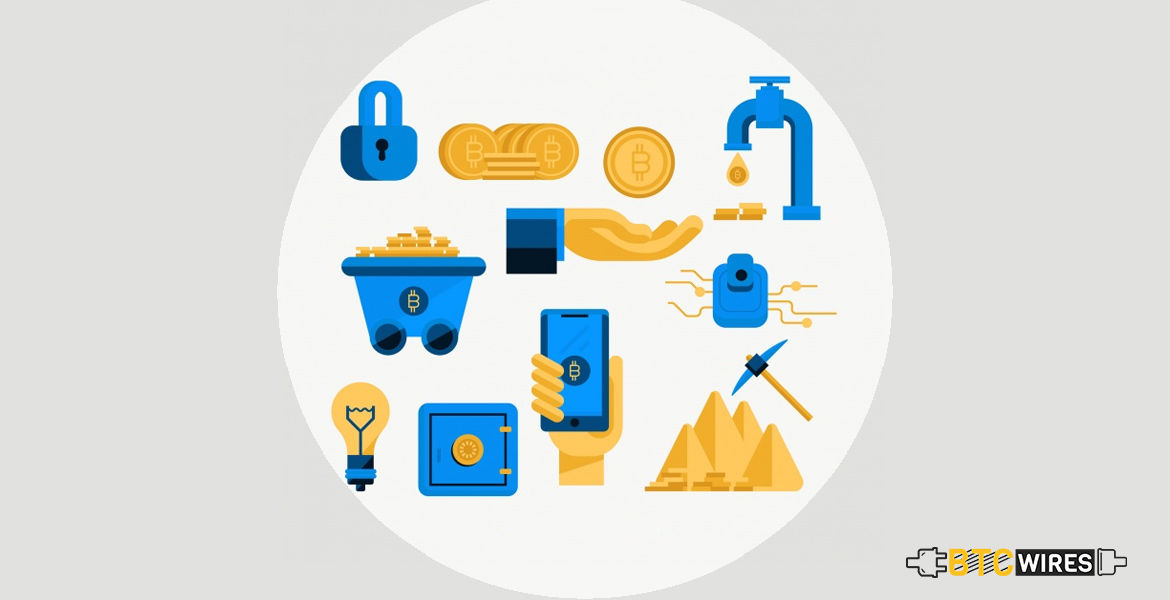Recent times have seen cybersecurity being compromised time and again.

Recent times have seen cybersecurity being compromised time and again. The field of cryptocurrencies has hardly been immune, with attacks and thefts making headlines every other week. Kaspersky Labs, in its Threat Prediction Report for this year, had forewarned about the possibility of increasing cyber attacks on blockchain networks and cryptocurrency stores and their apprehensions have been proven correct.
Of the estimated extent of attacks to have plagued crypto users and enthusiasts, about 20% have been attacks on crypto wallets. Many crypto wallets, like BitFi, have even been found to have compromisable security and the risk of a user’s valuable digital currencies being siphoned or phished off from wallets have become more potent than ever before. Even reputed networks like Ethereum have been found to be vulnerable.
What can we do to secure cryptocurrency wallets then? There are many ways:
1. Separation of Funds: Users should diversify their crypto assets into multiple wallets to make sure no one wallet becomes an easy target for the swindlers and also to avoid any confusion or error. Ideally, an user should have at least one wallet to be used for trading or carrying out transactions. In addition, they should store some of their virtual currencies in a different, secure wallet. In addition, using different emails for these different wallets adds an extra layer of protection.
2. Using Cold Storage: Keeping cryptocurrencies in cold storage means keeping the tokens or coins away from internet connection. This makes sure encryption breaches or attacks have a much lower chance of affecting the security of one’s holdings. In addition to simplify using these cold storage hardware wallets, paper wallets may be used, to simply print out and save cryptographic keys on a piece of paper and in a physical location. Paper wallets often have a scannable QR code to make transactions easier as and when needed. Sound wallets are another alternative related to this, where encrypted sound files may be saved on CDs and later decoded using spectroscopy
3. Using Two-Factor Authentication: Two Factor Authentication of 2FA refers to the use of a continuously updated second layer of password that is generated directly onto the device one is using. This makes it harder for hackers to breach the security walls, since they now must not just hack into a mailbox but also physically acquire a device to get hold of the second password. Google Authenticator and Lastpass Authenticator are some great examples of such services.
4. Turning off auto-updates : Often, when updates are released, they unwittingly come with some bugs. To avoid introducing bugs into the system that can lead to major losses, it is advisable to wait for a day or two to see if other users have found a particular update to be safe or not.
5. Occasionally Changing Wallets: Shifting one’s crypto holdings to new wallets every few months can be extremely helpful in ensuring safety of the funds. This minimises risks of having a wallet’s security breached over time.
6. Confirming Security Certification: While using a web-based wallet, it is advisable to check whether a secure site seal or SSL is there to reassure the user that the browsing process is safely encrypted. The beginning of the website should read so that it begins with HTTPS and not HTTP. In addition, paying close attention to domain names and payment addresses can also be solutions that seem obvious and minor but are actually rather easy to miss yet crucial.
Therefore, with the correct level of caution, every crypto user can secure their wallet adequately.

